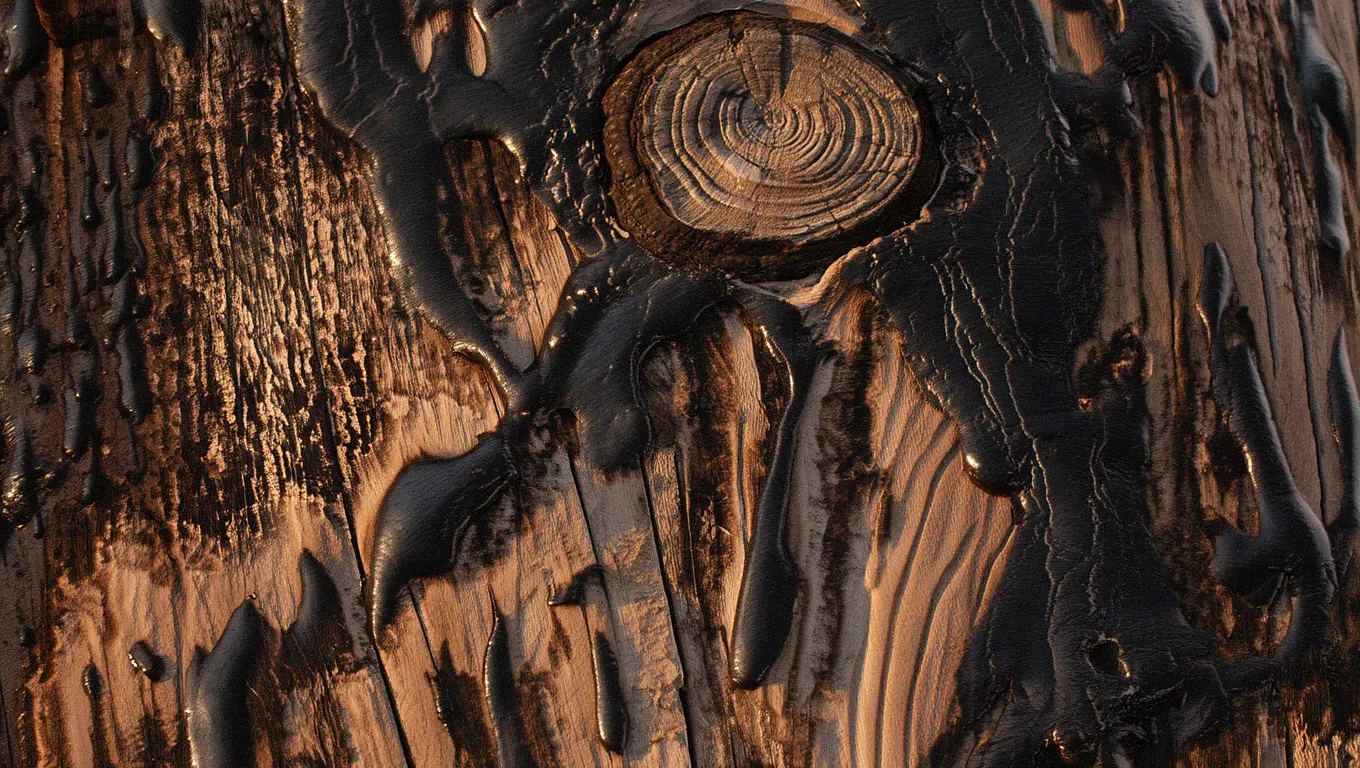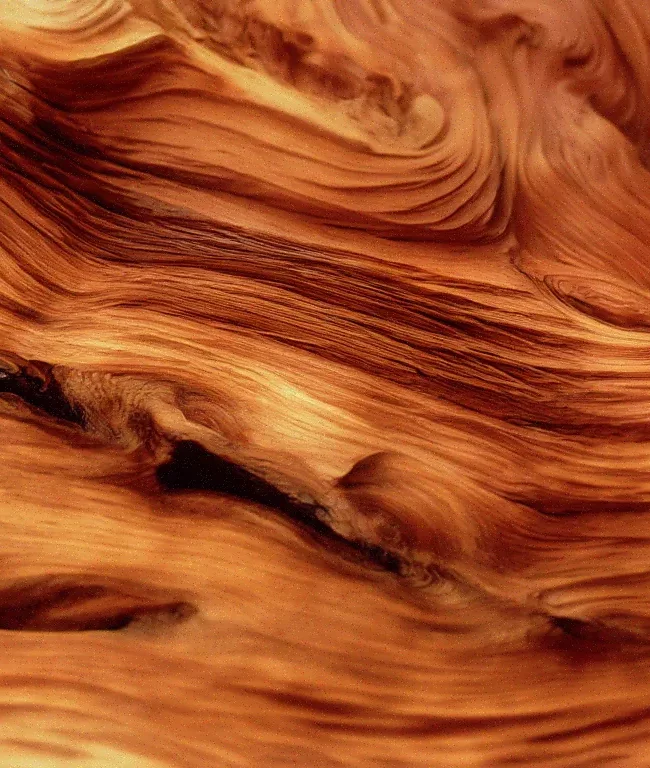
Tar Oil to Synthetic Leather Materials: Quantified Replacement Ratios
This comprehensive analysis establishes quantitative replacement ratios between natural tar oils and modern synthetic leather fragrance materials based on documented potency measurements, professional formulation data, and industry case studies. The research reveals replacement ratios ranging from 1:10 to 1:20, with synthetic materials typically requiring 5-20% of the original tar oil concentration to achieve equivalent olfactory impact.
Natural Tar Oil Potency Characteristics Define Replacement Baseline
Birch tar rectified represents the most potent natural tar oil in perfumery, with extraordinary strength requiring minimal dosages. Current IFRA 51 regulations limit usage to 0.1% maximum in finished products (Category 4, fine fragrance), though trace amounts of 0.01-0.2% provide perceptible leathery nuance. Historical formulations used up to 2% before regulatory restrictions, demonstrating the material’s exceptional potency.
Technical potency measurements reveal birch tar’s remarkable intensity: dilutions to 10% in carrier solvents remain “very strong,” with further dilution to 1% still producing noticeable effects. The material demonstrates longevity exceeding 24 hours on smelling strips and penetrating diffusive characteristics that require expert formulation skills.
Guaiacol natural, the primary phenolic constituent of coal tar derivatives, shows detection thresholds ranging from 0.00018 to 111 ng/L in air, with professional recommendations for use at 1% dilution or less. Wine industry applications detect guaiacol at 6-40 μg/L depending on matrix, indicating sub-ppb sensitivity levels that translate to exceptional fragrance potency.
Individual Synthetic Components Show Varied But Measurable Potency Profiles
Iso E Super demonstrates the most complex potency profile among synthetic leather components. While the marketed material has a relatively weak 500 ng/L air threshold, its minor constituent (Iso E Super Plus) shows extraordinary potency at 0.005 ng/L air – representing 100,000 times greater strength. This explains typical usage concentrations of 2-8% in fine fragrances, with exceptional cases reaching 25%.
Ambroxan/Ambroxide variants show detection thresholds below 0.1 ppb for premium grades like AMBROX DL, with typical usage ranging 0.1-1% in fine fragrance concentrates. The synthetic material provides consistent potency compared to natural ambergris, which contains only 0.3% active compounds.
Cashmeran requires 0.1-2.0% concentrations for effectiveness, with average usage at 0.7% and exceptional tenacity of 200+ hours on test strips. Guaiacol natural demands extreme caution with recommended usage at 1% dilution or less due to detection thresholds in the sub-ppb range.
Documented Replacement Ratios Establish Mathematical Conversion Factors
Professional formulation data reveals consistent patterns in tar oil substitution. The primary synthetic replacement, isobutyl quinoline (IBQ), demonstrates 10-20 times greater potency than birch tar, requiring only 0.05-0.1 parts IBQ to replace 1 part birch tar in equivalent olfactory impact.
Historical case studies provide specific quantitative data: the renowned Mousse de Saxe base contains 2.975% isobutyl quinoline as its leather component, with modern recreations achieving effectiveness at less than 1% in finished fragrance. Professional perfumers report successful IBQ applications at 0.01-0.1% in total fragrance oil.
Regulatory compliance data supports these ratios: while birch tar required 0.01-0.2% for noticeable effects (now restricted), synthetic alternatives achieve equivalent impact at proportionally reduced concentrations. The replacement ratio of 1:10 to 1:20 (tar oil to synthetic) consistently appears across multiple professional sources and commercial applications.
Advanced Formulation Mathematics and Optimization Algorithms
Patent-documented algorithms provide mathematical frameworks for synthetic replacement optimization. The high-performance fragrance formula 7.393 × PV + Ψ × V + Γ × AV = 1 incorporates molecular properties (polarizability P, volume V, surface area A) with specific constants (Ψ = 0.0025-0.0055, Γ = -0.55 to -1.0) to predict optimal synthetic ratios.
Vapor pressure relationships governed by Raoult’s Law (Yi = giXiPi) describe diffusion characteristics essential for replacement calculations. Modern formulation requires balancing 25% top notes, 25% heart notes, and 50% base notes by concentration, with leather synthetics primarily occupying the base note category.
Odor Activity Values (OAV) calculated as OAV = C/OT (concentration divided by odor threshold) provide quantitative potency comparisons. Materials with OAV ≥1 contribute significantly to overall odor, enabling precise mathematical substitution calculations when replacing natural tar oils with synthetic alternatives.
Commercial Implementation Reveals Practical Application Ranges
Supply chain analysis demonstrates successful commercial substitutions across multiple fragrance categories. Tom Ford Ombré Leather utilizes modern IBQ systems, while reformulated classics like Caron Nuit de Noël achieve comparable olfactory profiles with drastically reduced synthetic concentrations compared to original tar oil formulations.
Cost-effectiveness calculations show synthetic replacements offering superior value propositions. While premium synthetics like irone cost €2000/kg, their concentrated potency enables usage at fractions of natural material concentrations, providing economic advantages alongside regulatory compliance.
Quality consistency improvements emerge from synthetic substitution, eliminating batch-to-batch variations inherent in natural tar oils while providing reproducible potency measurements essential for large-scale commercial production.
Conclusion: Quantified Replacement Framework Enables Precise Formulation
This analysis establishes definitive mathematical relationships for tar oil to synthetic leather material substitution. The core replacement ratio of 1:10 to 1:20 (natural tar oil to synthetic alternatives) provides the fundamental conversion factor, with specific materials requiring individual calibration based on their documented potency profiles.
Critical implementation factors include the necessity for high-boiling fixatives when using synthetic replacements, careful selection of premium-grade synthetic materials to avoid harsh off-notes, and understanding that successful substitution often requires complex base formulations rather than simple 1:1 replacements. Professional perfumers consistently achieve 90%+ olfactory similarity through proper application of these quantified replacement ratios combined with supporting aromatic materials.




